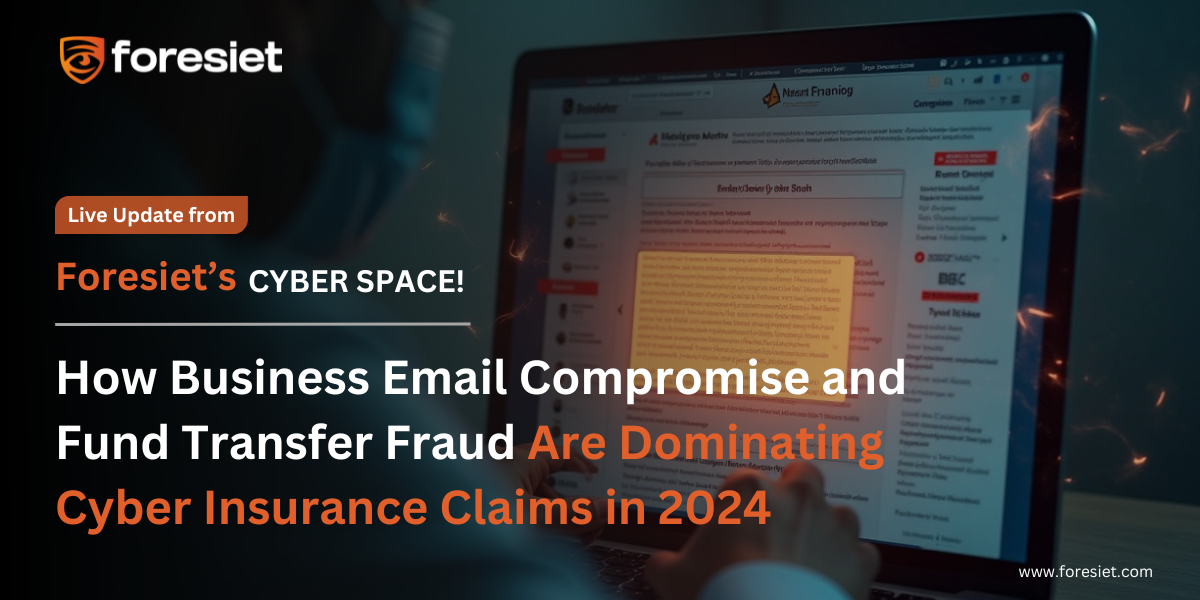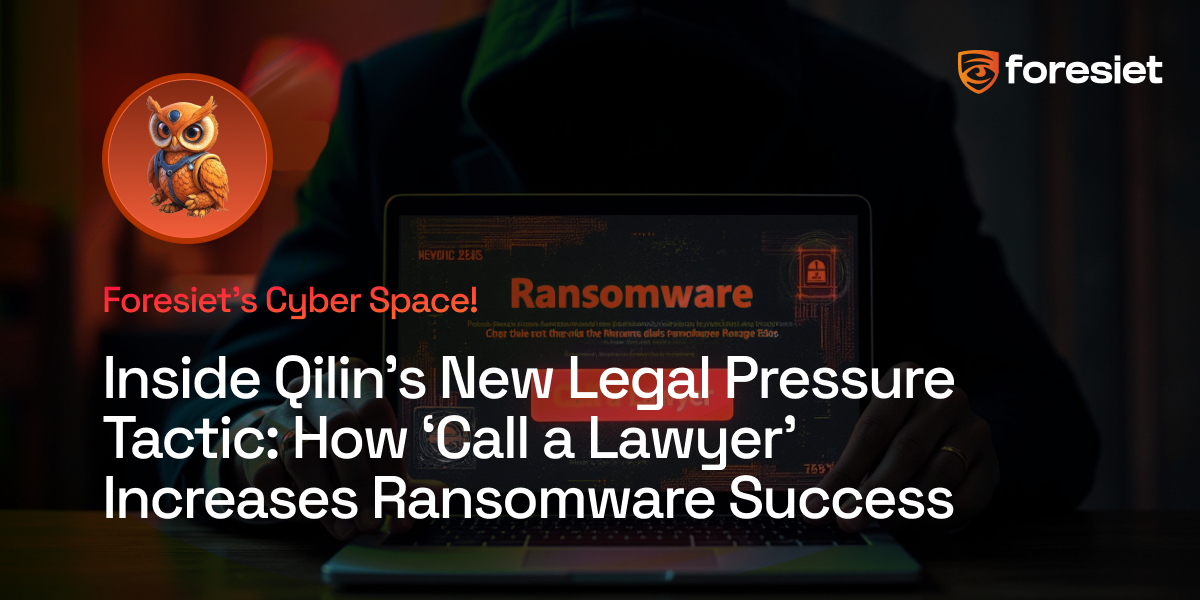How Business Email Compromise and Fund Transfer Fraud Are Dominating Cyber Insurance Claims in 2024

Introduction: Email Threats Continue to Hit Businesses Where It Hurts Most
The cyber threat landscape in 2024 saw a continued rise in email-based attacks, with businesses facing increasingly sophisticated forms of business email compromise (BEC) and fund transfer fraud (FTF). These threats aren’t just technical — they hit organizations financially, emotionally, and operationally.
Coalition, a leading cyber-insurance provider, recently released its 2025 Cyber Claims Report, and the numbers tell a clear story: email attacks are driving most cyber insurance claims, with BEC and FTF incidents accounting for a massive 60% of all cases. As attackers refine their methods using social engineering, the financial and reputational stakes for organizations have never been higher.
BEC and FTF: The Top Attack Vectors in 2024
Business Email Compromise remains a persistent and damaging threat. The average cost per BEC claim rose to $35,000 — a 23% spike compared to the previous year. While this figure may seem low next to ransomware (averaging $292,000), the volume and repeatability of BEC attacks make them more pervasive and difficult to contain.
Fund Transfer Fraud, often enabled by BEC, had its own impact. Though average losses dropped dramatically to $185,000 (down 46% YoY), these incidents still accounted for a large portion of claim payouts. In nearly 30% of BEC incidents, FTF followed — often within hours.
The growing complexity of these attacks, from spoofed emails posing as executives to compromised vendor accounts, demonstrates just how critical security awareness and fast incident response have become.
Why BEC Incidents Are Getting More Expensive
Despite overall stability in cyber-insurance claims frequency, BEC-related costs surged in late 2024 due to growing legal, forensic, and data recovery expenses. These include:
- Legal consultation and compliance costs
- Data mining and breach investigation
- Incident response team deployment
- End-user notification and post-breach support
Many businesses struggle with digital footprint analysis and rapid assessment of how far a compromise has spread. This delay often leads to prolonged mitigation and recovery times, increasing overall costs.
The Social Engineering Connection
One of the most dangerous aspects of modern cyberattacks is their human-first approach. FTF events often stem from social engineering techniques — convincing emails from spoofed domains or trusted contacts that manipulate employees into making wire transfers or exposing sensitive data.
It’s a stark reminder: cybersecurity isn't just about firewalls and antivirus — it's about people, behavior, and vigilance.
Partial Wins: Recoveries and Clawbacks on the Rise
The silver lining? Businesses are getting smarter and faster at reacting. Coalition reported that it was able to recover or claw back stolen funds in 24% of FTF cases, with full recovery in 12%.
One notable example involved a $2.1 million fraud incident that was largely reversed thanks to fast action and coordination with law enforcement. These success stories highlight the importance of having an incident response plan, as well as established communication lines with cyber insurers and legal authorities.
Defense: What Can Businesses Do?
To reduce exposure to threats like BEC and FTF, cybersecurity experts recommend the following:
- Enable Multi-Factor Authentication (MFA) MFA significantly reduces unauthorized access even if credentials are compromised.
- Conduct Regular Security Awareness Training Empower employees to recognize phishing and spoofing attempts.
- Monitor Digital Exposure Using tools like Foresiet for digital footprint analysis or online risk evaluation can help you stay ahead of vulnerabilities before they’re exploited.
- Watch for Dark Web Activity While not all cyberattacks stem from stolen credentials, darknet monitoring services and dark web surveillance can identify when sensitive company information or credentials are being sold or shared.
- Implement a Fast Incident Response Protocol Time is money when it comes to cyberattacks. Delays can cost thousands — or millions — in unrecoverable losses.
Conclusion: Cyber Threats Evolve, So Should You
While ransomware continues to make headlines, email-based attacks are quietly causing long-term damage to businesses globally. As shown in the latest data, BEC and FTF incidents are not only widespread but financially devastating — especially when organizations lack the tools or awareness to respond quickly.
In 2024, the companies that fared best weren’t necessarily the most advanced — they were the most prepared. Investing in proactive security, understanding your digital footprint, and working with platforms like Foresiet to enhance risk awareness can make the difference between a close call and a catastrophic breach.
About us!
Foresiet is the pioneering force in digital security solutions, offering the first integrated Digital Risk Protection SaaS platform. With 24x7x365 dark web monitoring and proactive threat intelligence, Foresiet safeguards against data breaches and intellectual property theft. Our robust suite includes brand protection, takedown services, and supply chain assessment, enhancing your organization's defense mechanisms. Attack surface management is a key component of our approach, ensuring comprehensive protection across all vulnerable points. Compliance is assured through adherence to ISO27001, NIST, GDPR, PCI, SOX, HIPAA, SAMA, CITC, and Third Party regulations. Additionally, our advanced antiphishing shield provides unparalleled protection against malicious emails. Trust Foresiet to empower your organization to navigate the digital landscape securely and confidently.
Protect your brand, reputation, data, and systems with Foresiet's Integrated Digital Risk Platform. 24/7/365 threat monitoring for total peace of mind.


July 1, 2025, 7:17 p.m.

July 1, 2025, 7:07 p.m.